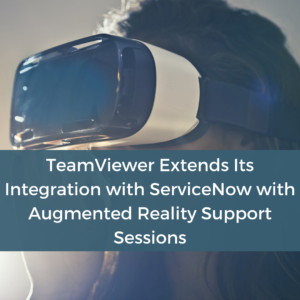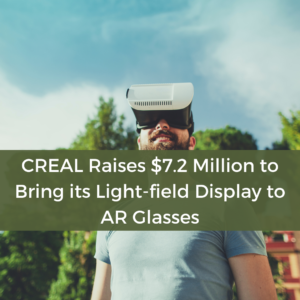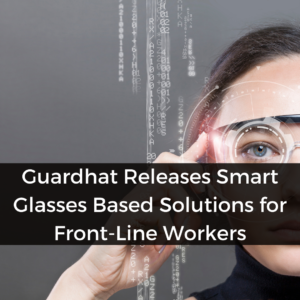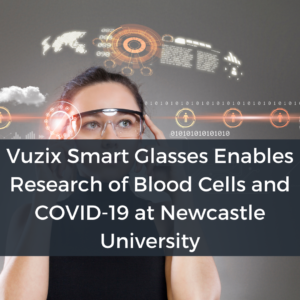TeamViewer Extends Its Integration with ServiceNow with Augmented Reality Support Sessions

The integration began in 2016 and has been expanding ever since. Support agents and IT departments can have optimal communications with both external and internal users as a result, increasing customer satisfaction as well as efficiency. Previous features gave ServiceNow users access to remote communication and support sessions within forms such as ServiceRequest, Change Request, ServiceNow Inicident, or Problem.
Now, TeamViewer Pilot uses AR to guide frontline workers and technicians anywhere. 3D object tracking places markers for real-world objects and adds annotations in a live stream for customers or employees to share.
Key enhancements of the integration listed in the article are:
- Improved administration capabilities – new permissions increase control over which people have access, and allows for an easier setup for device access
- Frontline workers, experts, and support agents can directly initiate AR connections from ServiceNow Incidents
- Pilot session invites can be sent to anyone via SMS – phone number and language of the individual are retrieved from within ServiceNow
Alfredo Patron, Executive Vice President of Business Development at TeamViewer, has said that the newly updated app allows for connectivity and technical support through physical tasks. TeamViewer Pilot is beneficial for remote guidance in solving real-world problems, as frontline workers and experts can share a screen and discuss the issue in real-time.
Companies require a ServiceNow license and compatible TeamViewer Tensor plan for the integration. Once they are authorised, the integration can be easily deployed with minimal steps. For more information about the integration, visit here.








